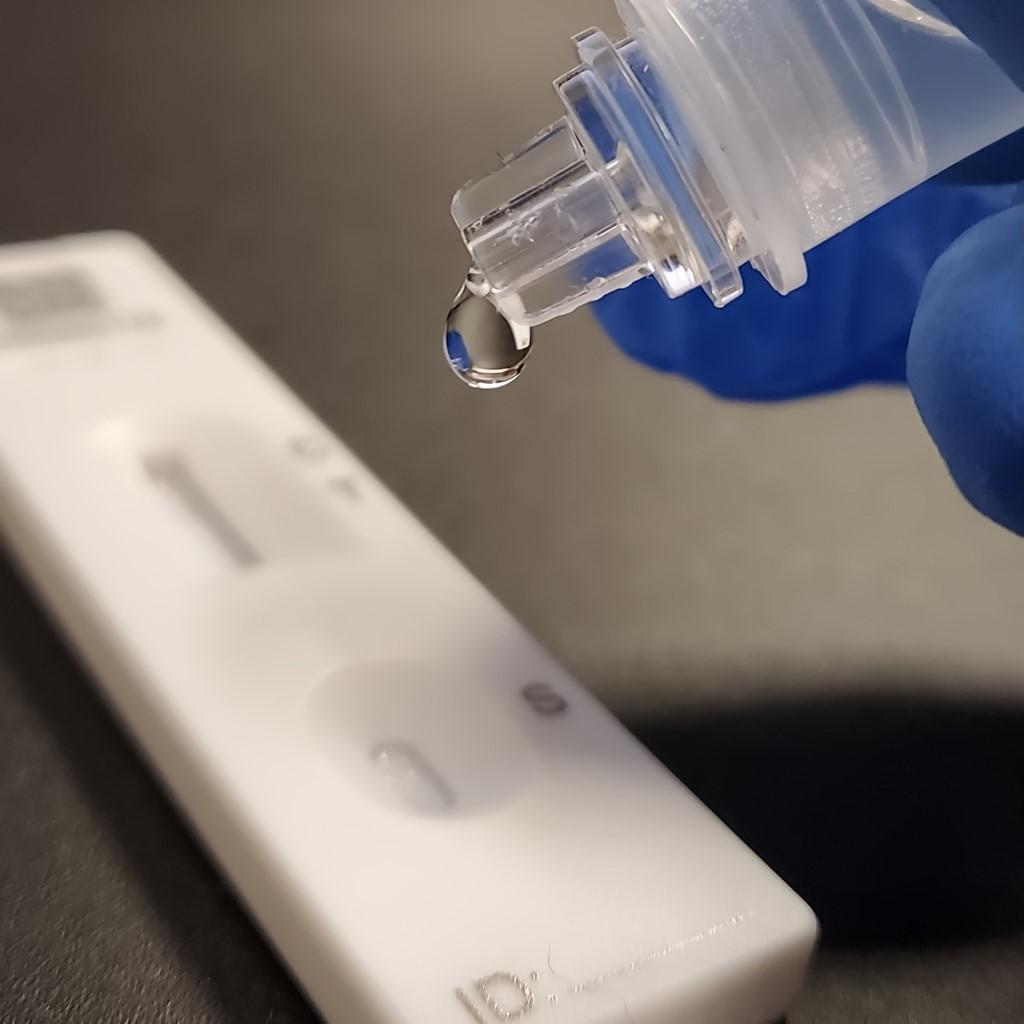
Year-long sampling of dromedary camels in northern Kenya reveals biphasic (two-phase) peaks of Middle East respiratory syndrome coronavirus (MERS-CoV) and identifies more than three case clusters over 3 weeks in camels from different areas, as well as a 15% infection rate in slaughterhouse workers.
For the study, published yesterday in Emerging Infectious Diseases, a University of Nairobi–led research team sampled 10 to 15 camels from 12 different regions 4 or 5 days a week from September 2022 to September 2023.
MERS is a respiratory disease caused by a relative of SARS-CoV-2, the coronavirus that causes COVID-19. MERS can cause severe lung infection, fever, cough, shortness of breath, and death. It was first discovered in humans in Saudi Arabia in 2012 and has since spread to many other countries. There is no vaccine against MERS, and treatment consists of supportive care.
MERS-CoV RNA found in 1.3% of camels
Reverse transcription-polymerase chain reaction (RT-PCR) detected MERS-CoV RNA in 1.3% of camels. The incidence peaked in early October 2022, at 11.7%, and February 2023 (12.1%), corresponding to Kenya's dry seasons, when camel calves lose their maternal antibodies.
On enzyme-linked immunosorbent assay (ELISA), MERS-CoV IgG levels in 369 random samples showed an 80.8% seroprevalence of immunoglobulin G (IgG) antibodies. IgG levels were lowest in June and highest in March. IgG levels were negatively associated with RNA positivity.
Identifying defined factors that drive MERS-CoV outbreaks will assist in predictive epidemiology, risk assessment, and timely precautionary interventions for public and occupational health.
IgG reactivity was identified in 7 of the 48 slaughterhouse workers (14.6%), with 1 of them showing evidence of MERS-CoV neutralizing antibodies. None were severely ill.
"Our sustained sampling of dromedary camels showed a biphasic MERS-CoV incidence in northern Kenya not observed in previous studies," the researchers said. "One explanation might be the short time of virus excretion in MERS-CoV–infected dromedaries, making viral RNA detection difficult without daily surveillance."
Increased camel-to-camel interactions between unexposed and infected animals from different herds in slaughterhouses could have influenced the outbreaks, the authors said.
"Rapid point-of-care tests might help trace infections even in resource-limited conditions," they wrote. "Identifying defined factors that drive MERS-CoV outbreaks will assist in predictive epidemiology, risk assessment, and timely precautionary interventions for public and occupational health."
 New state and territory
New state and territory 









